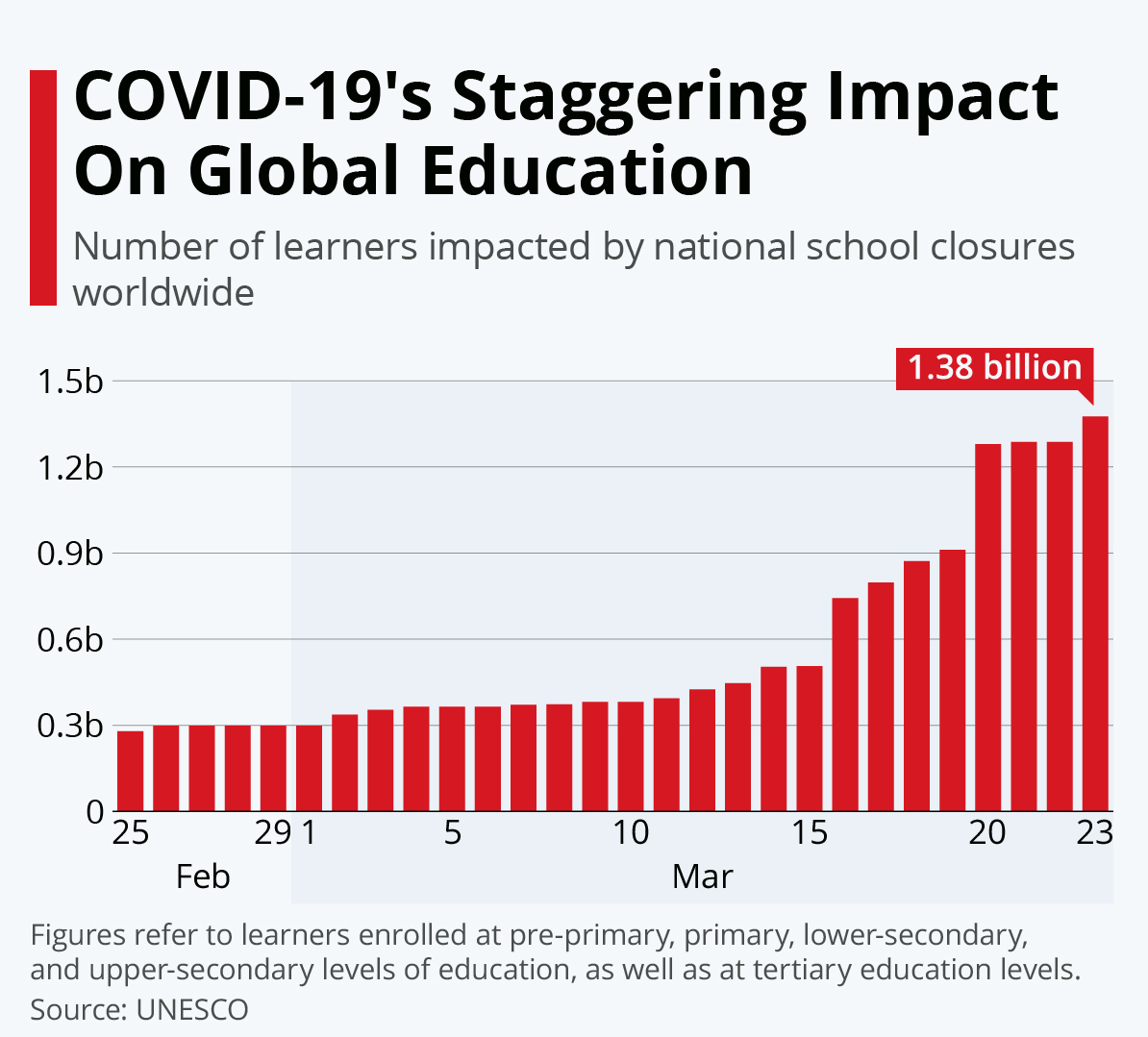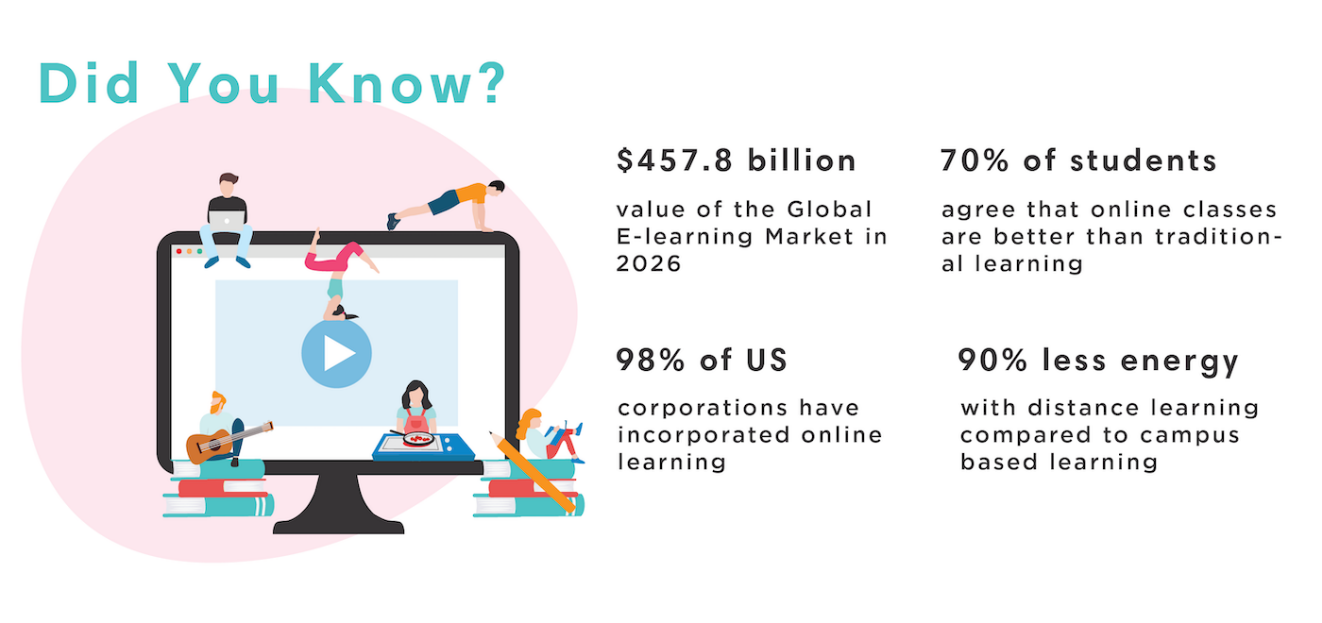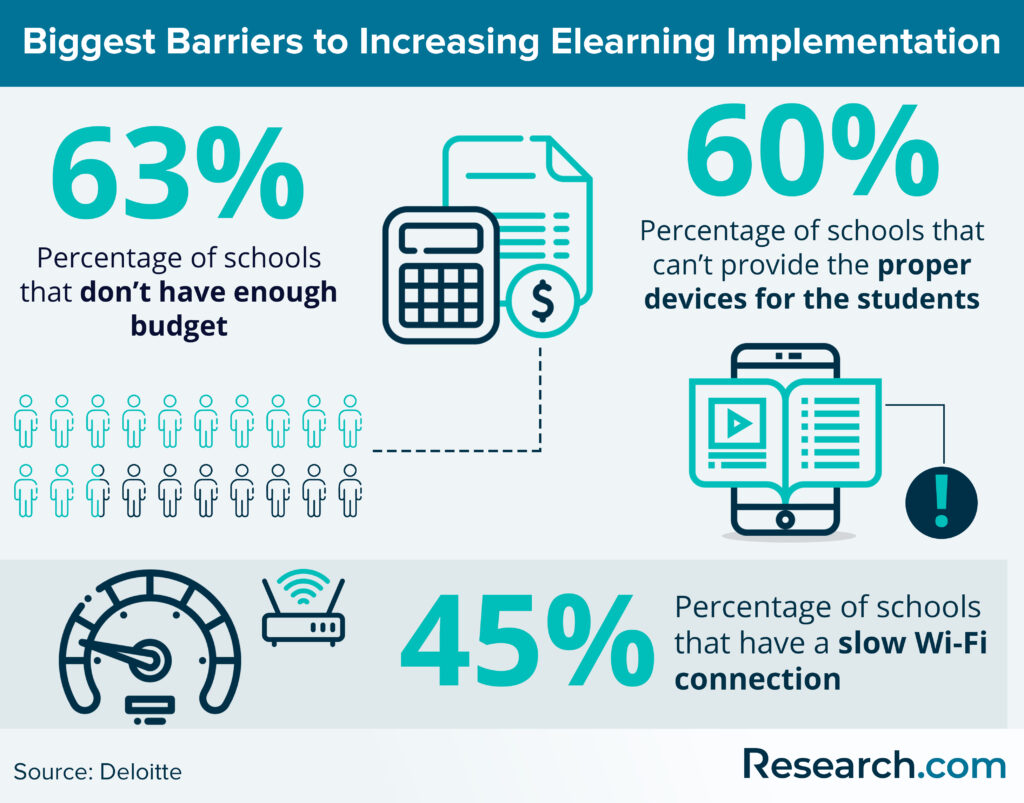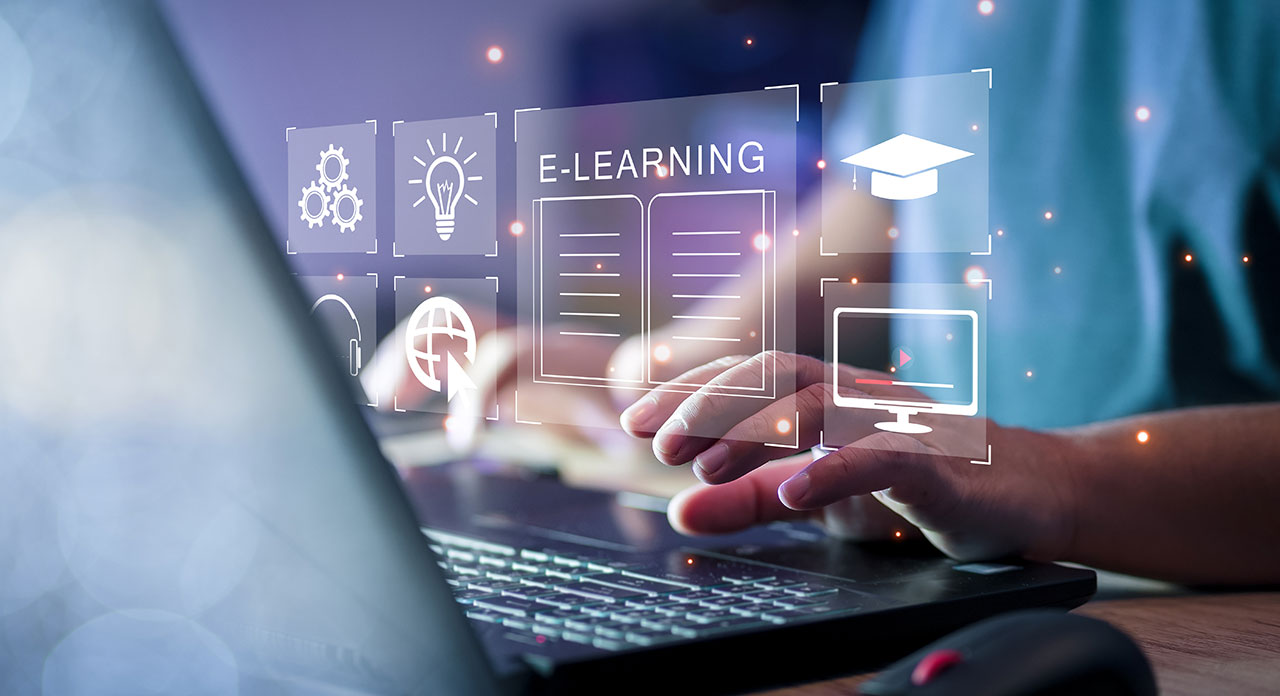In today’s rapidly changing world, education is evolving to keep pace with technological advancements. Traditional education, which primarily occurs within the confines of a physical classroom, is now being challenged by the emergence of e-learning or online education.
To make an informed decision, it is essential to understand the key differences and advantages of each approach. A comprehensive comparison of traditional learning and e-learning has been provided to help you make the right choice for your educational needs.
Traditional Learning: Embracing the Classroom Experience

Traditional learning refers to the conventional classroom-based approach to education. In this model, students gather in a physical space with a teacher who imparts knowledge and facilitates learning. The use of textbooks and face-to-face interaction are key components of traditional pedagogy. This method enables students to engage directly with the teacher and their peers, fostering personal connections and active participation.
Advantages
Face-to-Face Interaction
Traditional education allows for direct and meaningful interaction between teachers and students. This fosters a conducive environment for immediate feedback, active discussions, and collaborative activities, enhancing the overall experience. This personal connection enables teachers to pick up on subtle cues and provides a conducive environment for active study.
Structured schedule
Traditional pedagogy helps students develop discipline and stay organized. Following a structured schedule prepares them for future professional commitments. This can be reassuring for students, especially during uncertain times.
Hands-On Learning
In traditional classrooms, educators can provide hands-on examples and real-life experiences to enhance knowledge. This approach is particularly beneficial for kinesthetic learners who thrive on practical engagement.
Professional Networking
Traditional classroom environments provide opportunities for networking with instructors, classmates, and industry professionals, potentially enhancing career prospects.
Social Skill Development
Traditional classroom environments expose students to diverse backgrounds and personalities, fostering social interactions and the development of essential interpersonal skills.
Physical Health
On-campus education often includes physical activities and access to campus facilities such as gyms, promoting overall physical well-being.
Disadvantages
Inflexible Hours
Traditional system follows a fixed schedule and physical presence, which may not be suitable for individuals with busy schedules or those who prefer a more flexible approach.
Time Constraints
Daily commuting to a physical campus can be time-consuming and costly, adding to the overall burden on both educators and learners. Moreover, working professionals may find it challenging to attend classes at specific times, especially if they have irregular work hours or frequent business travel.
Higher Costs
Traditional education typically incurs higher costs due to expenses related to infrastructure, commuting, and sometimes higher tuition fees.
Safety & Wellbeing
The pandemic has exposed the vulnerability of traditional pedagogical methods, particularly in ensuring the safety and well-being of students and educators. The need for social distancing and safety protocols has made it challenging to conduct traditional classes in a manner that minimizes health risks. Additionally, the potential for disruptions due to unexpected lockdowns or quarantines poses a threat to the continuity of education.

Passive Instruction
In a traditional classroom, some students may passively listen to lectures, leading to disengagement and limited critical thinking.
E-learning: The Key to Achieve Digital Maturity in Education

Online learning, also known as e-learning, utilizes digital platforms to provide educational content. It provides the flexibility for students to access pedagogical materials from anywhere, at any time, using internet-connected devices. E-learning offers a diverse range of resources, including recorded lectures, interactive modules, online forums, and live-streaming sessions. This format is particularly attractive for working professionals seeking to upskill or pivot their careers.
The outbreak of the COVID-19 pandemic has brought about a significant shift in the way education is delivered. As schools and educational institutions were forced to close their doors to prevent the spread of the virus, educators and students quickly adapted to new forms of pedagogy.

Advantages
On-Demand Learning
E-learning allows students to access educational content at their convenience. Learners have control over the pace and timing of their studies, enabling self-paced instruction.
Accessibility
Anyone with an internet connection can access online courses, breaking down geographical barriers and providing opportunities for diverse educational experiences.
Collaborative Learning
Online platforms facilitate collective content curation and collaboration among students. Learners can contribute resources, collaborate on projects, and engage in discussions, enhancing the overall experience.
Multimedia Resources
It embraces various multimedia formats such as videos, podcasts, and interactive presentations. This approach caters to different didactic teaching styles and maximizes the use of technology for effective knowledge transfer.
Flexibility
It eliminates geographical boundaries and time constraints, enabling individuals to learn from anywhere in the world. This flexibility is particularly beneficial for those with busy schedules or limited access to traditional institutions.
Skill Enhancement
It offers a variety of courses, allowing professionals to enhance their skills in specific areas relevant to their career goals.
Disadvantages

Limited Networking Opportunities
The absence of physical presence and limited networking opportunities for direct interaction with teachers and peers may hinder the development of personal connections and social skills.
Content Formatting Challenges
It requires careful formatting and organization of content to ensure effective knowledge transfer. Instructors must design courses that promote active engagement and prevent passive knowledge.
Monitoring Engagement
Assessing student engagement and preventing cheating can be more challenging in an online classroom environment. Educators must employ effective monitoring strategies to maintain academic integrity.
Digital Literacy Challenges
It relies heavily on digital platforms, making digital literacy a prerequisite for effective participation. The digital divide, where some individuals living in remote areas lack access to technology or internet connectivity, poses a significant barrier to digital education.
Self-Motivation
It requires a higher level of self-discipline and motivation, as learners must manage their time effectively and stay motivated without external pressures.
Bridging the Digital Divide in Education

When evaluating the choice between traditional learning and e-learning, it is crucial to consider the advantages and disadvantages of each method. Instead of viewing them as mutually exclusive options, a blended approach that combines the strengths of both models can offer an optimal educational experience.
By integrating online educational resources into traditional classrooms, educators can enhance the classroom environment and provide students with access to a broader range of materials. This approach allows for more interactive and engaging lessons, as well as the opportunity for students to explore additional resources outside class hours. Additionally, during extraordinary circumstances such as inclement weather or pandemic or unforeseen events, seamlessly transitioning to digital literacy ensures uninterrupted education.
Conversely, digital education platforms can incorporate elements of traditional wisdom, such as live sessions and interactive discussions, to foster social interaction and personalized support. By creating online communities, learners can engage with peers and instructors, fostering collaboration and a sense of belonging.
Conclusion: A Balanced Approach to Empower Education in the Digital Age

In the ongoing debate of traditional learning versus e-learning, it is essential to recognize the unique benefits each method offers. While traditional education provides face-to-face interaction and hands-on experiences, e-learning offers flexibility and a wealth of digital resources. By combining the strengths of these approaches, educators can create a powerful and inclusive environment that caters to the diverse needs of students. The Covid-19 pandemic has accelerated the evolution of educational practices, prompting a re-evaluation of the effectiveness of online learning and traditional education.
Ultimately, the choice between the two approaches depends on individual preferences, circumstances, and educational goals. Some subjects may be better suited to one format compared to the other. Hands-on or laboratory-based courses may benefit from a traditional setting, while theoretical or information-based courses may be effectively delivered online. As technology continues to advance, embracing a blended approach that combines the best of both worlds ensures a future-ready education that prepares learners for success in the digital age.
Launch your online learning journey today and discover the limitless possibilities of digital learning. Whether you choose traditional education, e-learning, or a combination of both, the pursuit of knowledge remains the key to personal and professional growth.
How OpsMaven Can Help You Develop a Digital Mindset in Tech-Driven Era
OpsMaven is helping organizations seeking reliable and efficient outsourcing partners with custom-made solutions. As one of the most ethical, transparent, and professional service providers, OpsMaven offers an end-to-end administrative services portfolio consisting of Business Incorporation, Legal, Finance, Human Resources, Procurement, and Infrastructure Services to meet dynamic business needs. We have reputable all-round experience, and a large resource pool that helps improve the operational performance and efficiency of organizations with top-notch business outsourcing services. Contact us today to manage your business support activities stress-free.
